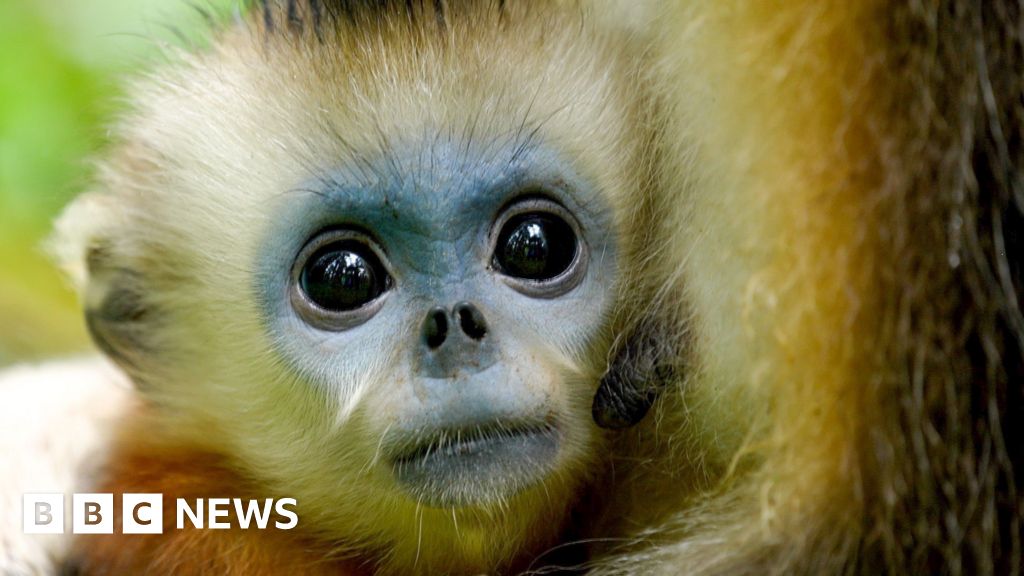The fight against rhino poaching in South Africa takes a novel turn as researchers from the University of the Witwatersrand roll out the Rhisotope Project, which injects rhino horns with a harmless radioactive material. This initiative, costing approximately £220,000 ($290,000) and backed by six years of research, empowers customs officers by allowing them to easily identify smuggled horns, thus enhancing anti-poaching efforts.
With South Africa housing the largest population of rhinos globally, the urgency of this initiative has become more apparent, as current statistics show that poaching is still a daily occurrence. Professor James Larkin, a key figure in the project, expressed concern over the rising trend of poaching but emphasized that this innovative tool could drastically help curb the numbers.
The pilot study, which included 20 rhinos, confirmed the safety of the radioactive material for the animals, effectively paving the way for broader application. Notably, the research team collaborated with the International Atomic Energy Agency to ensure the technology's efficacy, achieving successful detection of horns even within large shipping containers.
Prominent South African rhino advocate Jamie Joseph acknowledged the project's potential in disrupting the illegal wildlife trade, while stressing the importance of supportive legislation and political resolve for deeper, lasting solutions. As figures show that over 400 rhinos fall victim to poaching annually in South Africa, the Rhisotope Project stands as a crucial measure in safeguarding these iconic creatures.
Jessica Babich, the project's head, emphasizes that the true goal is to implement this technology at a larger scale, thus preserving not only rhinos but also essential aspects of Africa's natural heritage. The demand for rhino horns in international markets, particularly in Asia, where they are valued in traditional medicine and as luxury symbols, continues to jeopardize both the species and the ecosystem at large.
As this innovative strategy unfolds, its success could lead the way for other wildlife protection measures, offering a beacon of hope in the battle against poaching.
With South Africa housing the largest population of rhinos globally, the urgency of this initiative has become more apparent, as current statistics show that poaching is still a daily occurrence. Professor James Larkin, a key figure in the project, expressed concern over the rising trend of poaching but emphasized that this innovative tool could drastically help curb the numbers.
The pilot study, which included 20 rhinos, confirmed the safety of the radioactive material for the animals, effectively paving the way for broader application. Notably, the research team collaborated with the International Atomic Energy Agency to ensure the technology's efficacy, achieving successful detection of horns even within large shipping containers.
Prominent South African rhino advocate Jamie Joseph acknowledged the project's potential in disrupting the illegal wildlife trade, while stressing the importance of supportive legislation and political resolve for deeper, lasting solutions. As figures show that over 400 rhinos fall victim to poaching annually in South Africa, the Rhisotope Project stands as a crucial measure in safeguarding these iconic creatures.
Jessica Babich, the project's head, emphasizes that the true goal is to implement this technology at a larger scale, thus preserving not only rhinos but also essential aspects of Africa's natural heritage. The demand for rhino horns in international markets, particularly in Asia, where they are valued in traditional medicine and as luxury symbols, continues to jeopardize both the species and the ecosystem at large.
As this innovative strategy unfolds, its success could lead the way for other wildlife protection measures, offering a beacon of hope in the battle against poaching.




















